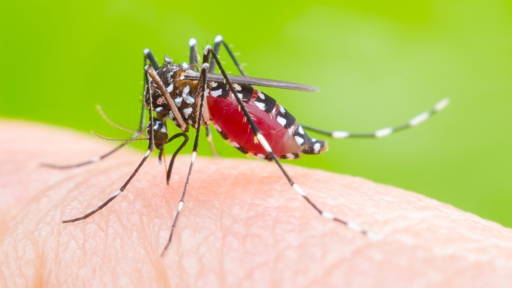Nowadays, smartphones are packed with passive sensors that keep track of exactly what the user of the device does throughout the day and night. These smart devices, which have been virtually inseparable from us for years, have also been used for some time to monitor physical health, such as sleep, movement and heart rate. Now, new research suggests that these devices can also provide valuable insights into the mental well-being of users, without requiring any active input.
In a large-scale study published in JAMA Network Open, scientists from the University of Michigan and other institutions investigated how smartphone sensors, such as GPS, accelerometers and pedometers, record subtle behavioural patterns that may indicate mental health issues. The study, which collected data from 557 adults over a period of 15 days, shows that smartphones not only record our behaviour, but can also signal changes related to mental health conditions.
Digital behavioural data
The sensors passively tracked activities such as movement, phone use, sleep patterns and device charging behaviour. This digital behavioural data provided surprisingly accurate information about the mental functioning of participants. For example, less phone use or walking was associated with withdrawal behaviour or reduced social engagement.
According to Prof. Aidan Wright, psychologist and principal investigator, these findings clearly show that smartphone sensors have the potential to serve as a tool for early detection and monitoring of mental health problems. ‘For example, we saw that people with an elevated “p-factor”, a measure of general psychological vulnerability, stayed home more often, got up later and charged their phones less frequently. Such behaviours are consistent with various forms of psychological distress.’
Digital psychiatry
Current practice in digital psychiatry often uses diagnostic classification systems such as the DSM-5. According to Wright, this poses a challenge: ‘The DSM classifications are often broad and overlap. Many patients have multiple diagnoses at the same time, which makes it difficult to attribute behaviour to one specific disorder.’
By analysing behaviour in the context of broader psychological dimensions, rather than rigid diagnoses, this study offers a more realistic picture of how mental health issues manifest themselves in everyday life. This can help healthcare professionals intervene earlier and in a more targeted manner.
An important advantage of this approach is passive data collection: no active input from the user is required, which lowers barriers and enables continuous insight. ‘Especially in the early stages, these signals can help to provide timely assistance before symptoms escalate into serious or debilitating conditions,’ says Wright.
Personalised care
According to co-researcher Dr Whitney Ringwald, the technology also offers prospects for personalised care. By recognising deviations in individual behaviour patterns, support can be better tailored to the patient's unique situation.
The next step is clinical validation and integration into existing care structures, so that this innovative form of symptom monitoring can actually contribute to accessible, preventive mental health care.
Smart devices in mental health care
The potential of smartphones and other smart personal devices for mental health care has been researched and demonstrated on several occasions. Last year, for example, research was conducted into the use of a smartphone app to predict relapse in psychosis-prone patients. The app collects both active (such as self-reporting) and passive data (such as phone usage) and uses an algorithm to identify risks. Focus groups with practitioners and experts by experience show that such an app has potential, provided it remains part of a broader treatment programme.
In 2022, a biosensor app for smartwatches was developed at the University of Twente to help people with borderline personality disorder recognise escalating emotions. By combining heart rate and movement data, the app detects stress peaks when the heart rate rises while movement remains low, after which users receive visual notifications on their watch. This allows them to intervene earlier and prevent disruption. Users record the circumstances at the time of the notification and share this with their practitioner.









